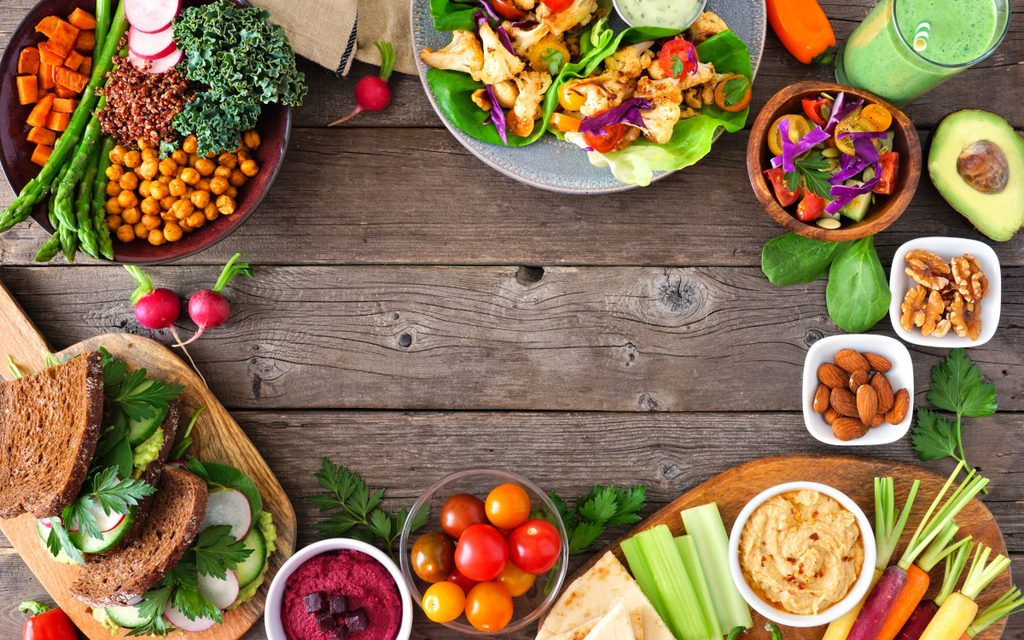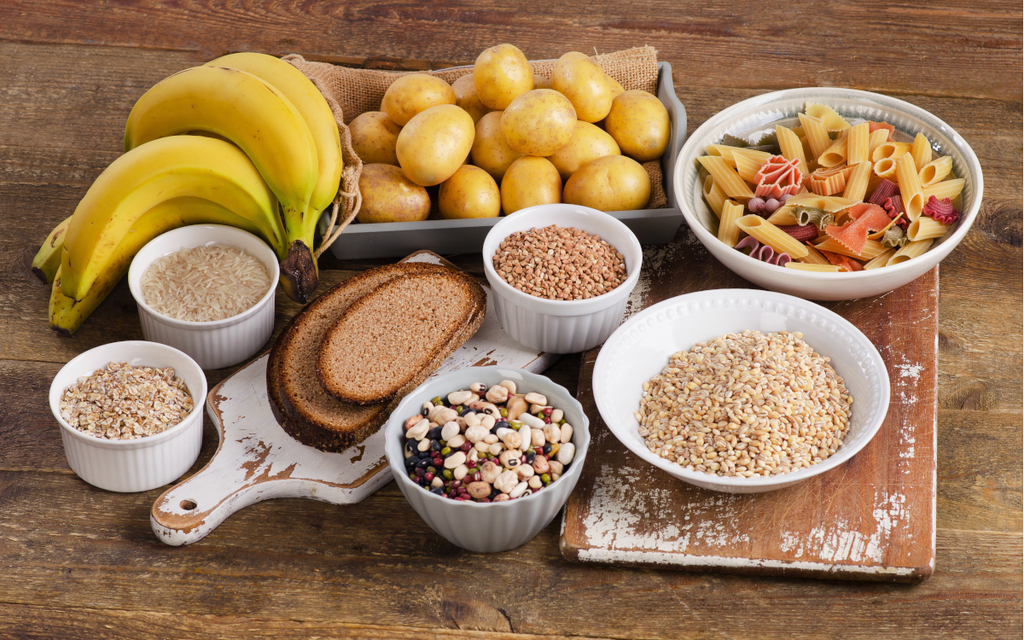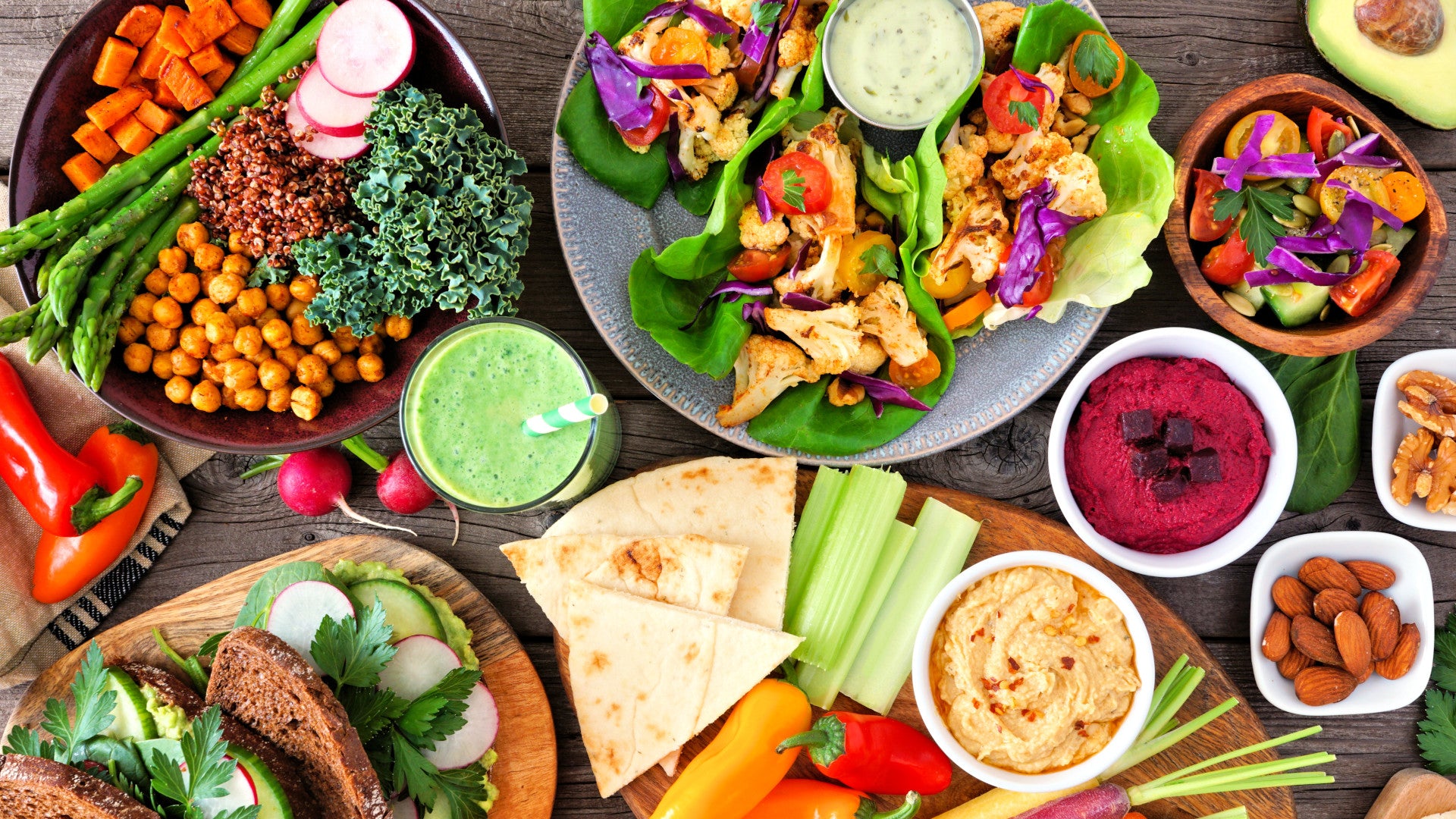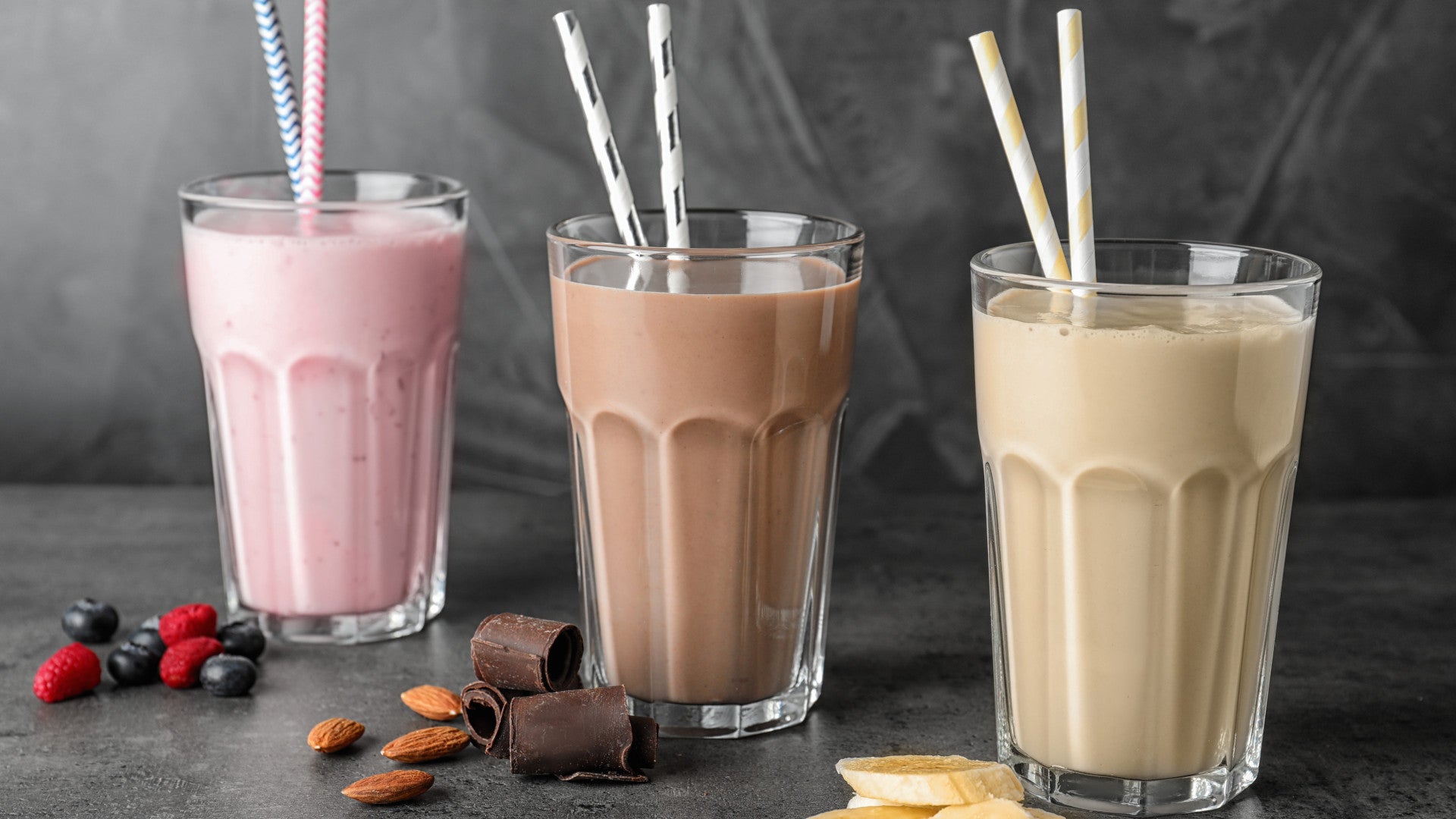Things you'll learn here |
If you want to lose weight, it always pays to arm yourself with as much knowledge as possible.
This includes learning about the types of food you eat, the positive and negative effects of each food type, the best types of diet—and what happens to your body once you've eaten.
The digestive process is complicated, but there's a process that most people are probably unaware of that has a big effect on weight control—the thermic effect.
This clever concept can play a part in the success of your weight loss journey—so let's have a closer look at what it's all about.
What is the thermic effect of food (TEF)?
The thermic effect of food (TEF) is a process that happens when you eat. It's the rate at which your body burns calories after eating food. The good news is that this counts towards at least 10% of your daily energy expenditure.
When you eat, the thermic effect will burn calories as part of the digestive process—but it’s worth knowing that not all food groups are created equally. Some types of food will lead your body to burn more calories than others, and some will encourage your body to store more fat.
So, knowing which foods to eat and which to avoid is important. Diverting your diet to foods that raise the thermodynamic effect can have a big impact on weight loss. You can use this to your advantage and burn more calories.
How does the thermic effect of food relate to your metabolism?
Your body burns calories constantly when it comes to breathing, sending blood through the body, keeping hormone levels even—and even growing and repairing cells. When you're digesting food, your body will burn calories through the process of metabolism.
When you're dieting, it's a good idea to use the thermic effect to your advantage by choosing food likely to shred more calories to give your metabolism a healthy boost.
Protein and fiber-rich foods will help boost your body's basal metabolic rate (BMR) compared to eating lots of fats, sugars, and processed carbohydrates.
What affects your TEF?

Food that is high in calories will be harder to burn. But It's not just the food you eat that affects your TEF.
There are other things to consider, too. Let’s explore.
Exercise
How often you exercise will greatly impact your TEF. The more you exercise, the faster your metabolism will run.
On the flip side, the less you move about, the slower your metabolism and TEF will be. A lack of exercise can cause a number of health issues, and it can certainly affect metabolism.
So, keeping physically active is important. Anything from light exercise (walking or dancing are both great options) to high-intensity training will get things moving the right way.
Your age
Unfortunately, your age does affect your metabolism to some degree. Yes, the older you get, the lower your TEF will likely be.
Thankfully, you can still reap the rewards of TEF by making the right food choices and getting active. You’ve got this.
Portion size
Studies have shown that the portion size of your meals will alter the thermic effect. Yes, research indicates that splitting a meal into several portions and eaten at intervals throughout the day will have less thermogenic response than eating it all in the one go.
In fact, a study on meal size and frequency in healthy women showed that a large meal led to a significantly higher thermic effect of food compared to consuming the same meal in smaller portions.
Eating food slowly
Slow and mindful eating, involving thorough chewing, can boost the body's energy expenditure after eating a meal. As an added body-boosting bonus, munching your food a little more mindfully can also make your stomach feel fuller more quickly—leaving less chance of overeating.
Your insulin resistance
Studies have shown that type 2 diabetes can reduce the impact of TEF, which makes fat-burning more difficult as a result.
The benefits of a highly thermogenic diet
If you change your diet to include food that can help with the thermodynamic effect, you'll find it easier to stay in a calorie deficit while keeping a spring in your step.
Any surplus energy you need will take up stored body fat, which will help further with the weight loss process.
So, which food types can help most with the thermal effect?
The thermic effect of fats
It goes without saying that if you want to lose weight, unhealthy fats are the worst kind of food to eat. The same goes when it comes to raising your TEF.
Only 0 to 5% of the calories you eat will be burnt off by the digestive process of consuming fat. This is a double-whammy for fat gain as fat carries the highest number of calories per gram out of all the macronutrients.
The thermic effect of protein
Protein is one of the best choices when you're looking to control your weight as it can satisfy your hunger without adding too many calories to your daily intake.
Even better news is that it has a TEF of around 25%, which will boost the calorie-burning process.
The thermic effect of carbohydrates
Fibrous carbs have a thermic effect of up to 25% (the same as protein)—so fitting as many fresh fruits and vegetables into your daily diet is a brilliant way of boosting your TEF.
But, beware of those non-fibrous carbs. Cookies and cakes will only give you a TEF of around 3 to 5% and are likely to pack on the calories.
What are the best thermic foods to help you lose weight?

When looking for thermogenic foods, you should focus on two things…
- Consuming the right macronutrients (healthy fats, carbs, and proteins)
- Reducing unhealthy choices like sugary and processed foods
When prepping your meals, if you want to raise your TEF, you should use the following foodie proportions when filling your plate (as a rough guide)…
- 50% fresh vegetables
- 40% protein
- 5% healthy fat
- 5% wholegrain carbs
There are certain foods that will help with your metabolism and the thermic effect. Here are some of the best thermic foods that can boost your metabolism and aid in weight loss…
Lean Meats
Protein-rich foods like chicken, pork, and red meat have a high thermogenic effect, causing the body to expend 20 to 30% of calories.
Eggs
As far as pure protein goes, it doesn't get any better than this, with 6g of protein per egg. Enjoying eggs for breakfast, lunch, or dinner is a great choice.
Seafood
With fatty fish, you're not just getting a protein boost; you'll also get plenty of omega-3 fatty acids, which can help to boost energy expenditure during digestion.
Chilli Peppers
Spicy foods like chilli peppers contain capsaicin, which has been scientifically proven to increase your metabolic rate and help burn more calories.
Nuts and Seeds
Nuts and seeds contain plenty of healthy fats, and magnesium can help with the thermic effect.
Dark Leafy Greens
The perfect accompaniment to meat protein, spinach, kale, and other greens are rich in magnesium and fiber.
Weaving these thermogenic foods into your diet, along with a balanced meal plan, regular physical activity, and sufficient rest, can effectively support your weight loss goals.
How to apply the principles of thermic eating to your daily life

Your metabolism plays a big part in weight management, and how many calories your body absorbs after eating will determine weight gain.
Getting into the ‘thermic’ way of thinking doesn’t have to involve a huge lifestyle change. But there are certain things you must do to head in the right direction…
Make the right food choices
Metabolism-boosting foods are the ones to look out for as they will help to digest food more efficiently and help you to maintain a healthy weight.
To stay healthy and keep the TEF high, opt for balanced meals consisting of proteins and fiber-rich carbs with a tiny portion of fat.
Eating a balanced diet consisting of nutritious foods with a heavy leaning towards more metabolism-boosting foods is the way to go if you want to get the metabolic processes working for you.
Remember: Eating slowly can also help with weight regulation, and improve metabolism. Smaller portion sizes will help, too.
Drinking water before you eat can also help to make you feel fuller, and help with the effect of food TEF.
In an ideal world, we'd be able to get by just eating high-TEF foods, but in doing so, you’re likely to burn yourself out.
Physical activity
The more exercise you do, the closer you'll get to ensuring that your body burns up the maximum percentage of calories it can when you eat thermogenic foods.
Keeping physically active is essential for improving metabolism. Aerobic exercise like brisk walking, jogging, or swimming will help with the thermic process.
Self-love and manifesting
It's important to look after yourself throughout the whole weight loss process. At times, it can be challenging, but maintaining a good sense of wellbeing, a positive mindset and self-acceptance will keep you strong throughout the journey.
Practice self care by engaging in activities which will energize your body and mind. Positive affirmations will help you to stay strong when the going gets tough, and promote a sense of self esteem. It will allow you to focus on your achievements, and let go of unnecessary stress and toxicity that can hinder progress.
We’re here for you…
PhenQ is a unique weight loss supplement that helps to target your metabolism by burning stored fat, suppressing your appetite, and blocking fat production. It’s the perfect TEF-boosting supplement to work alongside a healthy, balanced lifestyle. We’re with you every step of the way.




